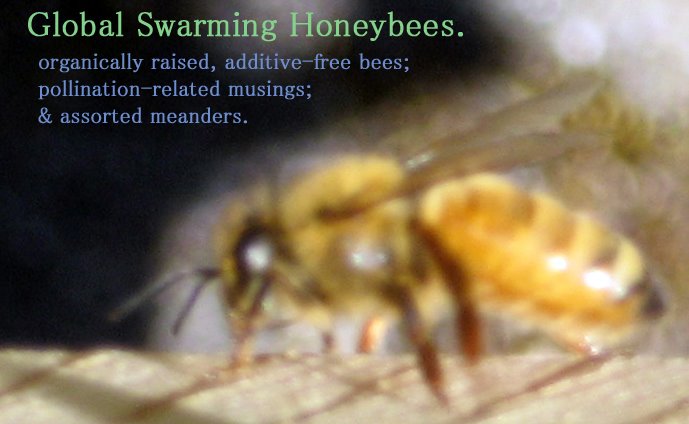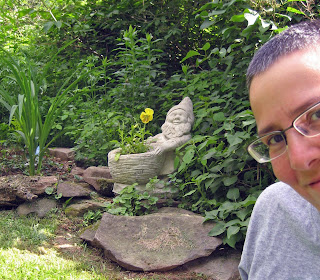Two worthwhile new articles on the topic of biodiversity among bees in urban settings have caught my wandering eye of late.
The first is the cheerily titled: "Bee Richness and Abundance in New York City Urban Gardens." Incredibly, the authors found 1,145 individual bees representing 54 species while canvassing community gardens in East Harlem and the Bronx. (Props to bee-boy Thew for bringing this one to my attention, and for posting the downloadable PDF on our Brooklyn Beekeeping Meetup, where all can enjoy it. Go here and click the link called "NYC Urban Garden Bees.")The second article appears in the latest issue of Orion, perhaps my all-time favorite magazine. This article, "The Headbonkers Ball," describes the amazing variety of native bees thriving in urban areas of California. Here's a taste:
"As urban and agricultural development in California has obliterated the native bees’ natural habitat, many of the state’s more than fifteen hundred species of natives have adapted and persevered in cities. Urban environments have proved biologically richer than the vast expanses of rural, agricultural land in California. 'It’s like a reservoir of genetic material in these urban environments,' Frankie says. 'All [agricultural areas] have is dirt and the crop that farmers want, and then they bring in bees in a box,' creating what he calls 'a monoculture in bees.'"
(The individual quoted is Gordon Frankie, an entomologist at UC Berkeley who studies native bees, among other interesting things.)
This article's main take-away lesson for those wishing to promote the existence of native bees in their own gardens: lay off the mulch!
Turns out, many native bees (like the humble bumblebee) nest in the ground and the mulch makes it impossible for them to "dig in." So, along with planting native flowers of appeal to native birds, bees, and other pollinating insects, drop the mulch habit and leave some open ground undisturbed for the bees to dig their nests in. I can't think of a more effortless way to create sanctuary.
Want to learn more? Check out this guide to urban bee gardens and bee-friendly gardening.





No comments:
Post a Comment